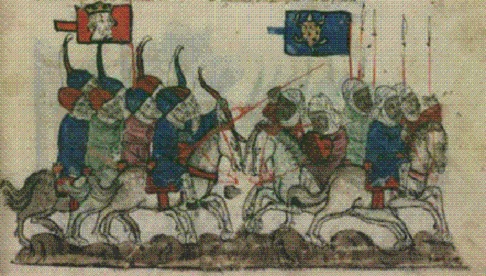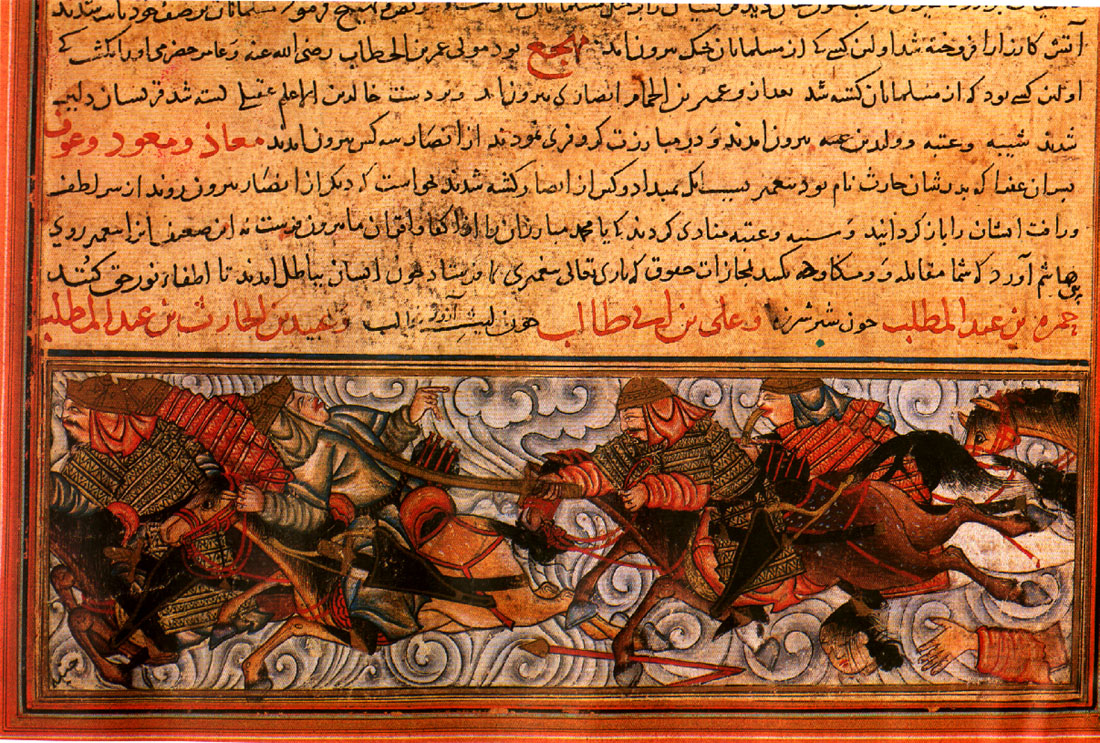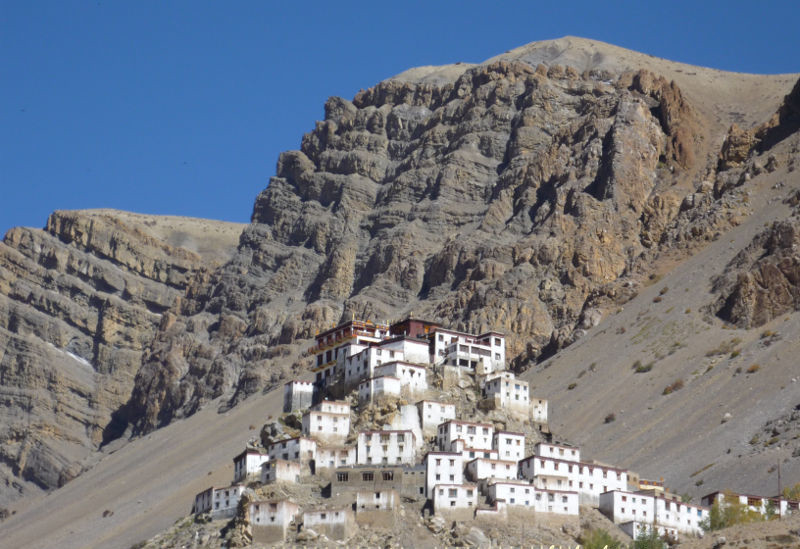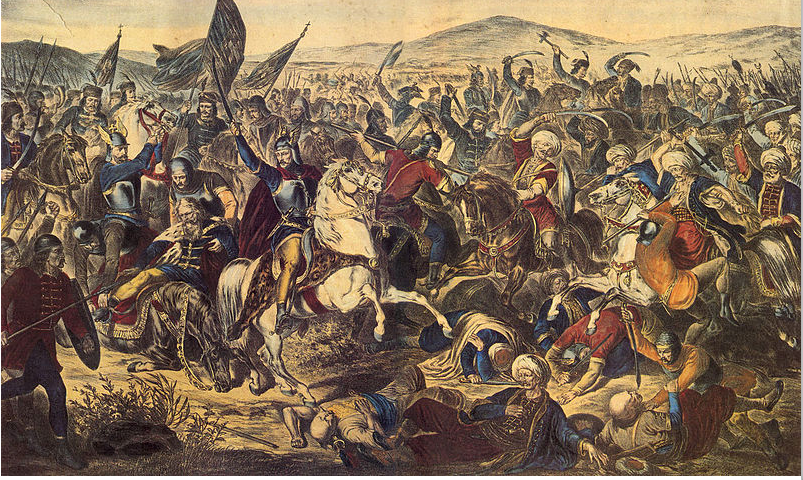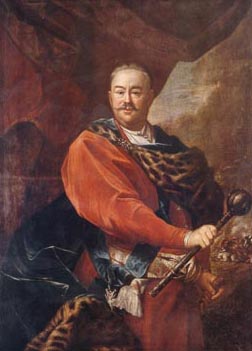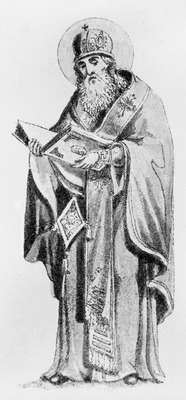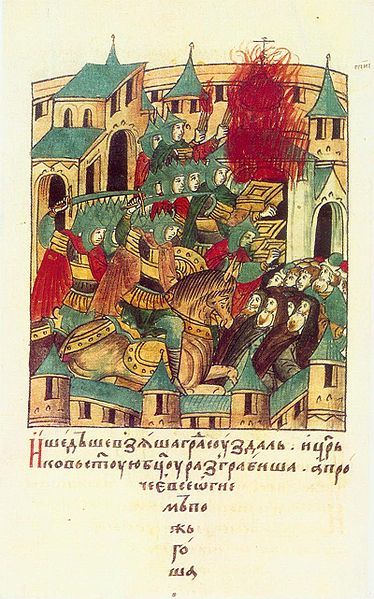A map of western Anatolia, the Aegean, Thrace, and Rhomania around the 1320s (720s) (The area outlined in a darker green is the iqta of Osman and his successors)
Part 9: The Pestilence in the West
The western regions of the Sultanate, from the core lands around the capital of Iconium to the newly conquered territories on the Sea of Marmara under the auspices of the general Osman son of Ertuğrul, was the first region of the Sultanate to fall beneath the dark cloud of disease, but the changes which disease brought to it were quite distinct from those in the highlands of the east. There were no nomadic populations to take advantage of the decline of settled farmsteads, and so rather than seeing a decline of rural peasants in favor of nomadic herders, western Anatolia saw a rise in the standing of the very peasants who farmed the land in the first place. Similar changes were seen in lands further west, such as those under Roman control in southwestern Anatolia and Thrace, as well as in the lands of the Franks, where the rapid decline of peasant populations brought with it the rising importance of peasant labor. For western Anatolia, a sort of middle class was forming, comparable to those in the Roman Empire or Hungary, one that would continue to develop over the course of the ensuing centuries and repeated outbreaks of the Pestilence.
This rising middle class of newly important peasants was a threat to the pre-existing middle classes of western Anatolia, the Roman merchants and lesser Roman and Turcoman nobility which had migrated in with Osman’s armies. A letter from a wealthy Roman merchant in Nicaea, with the backing of his Turcoman and Armenian colleagues, to Orhan the son of Osman in 1372 (774) describes just how aghast many of the old elite were at the rising of the Anatolian peasantry:
“Orhan, most majestic scion of the great general, representative of the great Sultan of
Iconium, the families of the merchants of this fine city wish to have your ear. The ofeiletis
[A pejorative term in the Roman language for the children of peasants that migrated into
the cities. Translates literally as “debtor”.] of Nicaea have the audacity to demand the
same sorts of protections as we. Surely, it is those who have the experience and the
pedigree of dealings which deserve such insurances. It is not the ofeiletis who know the
ways and means of the Franks nor of the trade which passes through Marmara, and it is
not the ofeiletis which construct the finest wares of this finest of cities. Enclosed is a list
of all of the merchants and craftsmen of all quarters of Nicaea which implore you, oh
fine and glorious ghazi, to consider our suggestions.”
While the written record shows the shock of the old middle class at this rising urban former peasantry, the archaeological record of cities such as Nicaea, Prusa, Panderma, and Iconium have a sudden infusion of slightly lower quality crafts, more likely than not those produced by the new group of urban craftsmen, the “ofeiletis”. Similar shifts are also seen in those areas of Anatolia still under Roman control, from Smyrna to Polydorion to Makri, albeit without much Turcoman influence on the material goods produced in this time period. Beyond this, those peasants that remained in the countryside saw a great growth in their value as workers, correspondingly with their rapid decline in population.
While the rise of the western Anatolian formerly peasant middle class is a notable development in and of itself, another interesting change is with regards to the religious makeup of the western territories. The Sultan’s stance on Sufi practices typically ranged from frowning upon such beliefs to just not caring too much about them, though the closest that the state ever got to promoting Sufism was with the popularity of Jalal ad-Din Rumi under Kaykhusraw II, Tamar, and Kilij Arslan IV. The ravages of plague caused crises of faith everywhere, and in western Anatolia it was the Sufis who answered the call of need. Many of the newly constructed masjids in the recently conquered cities became havens of Sufi preaching, and oftentimes Sufi shaykhs would dwell in their own lodges in cities, becoming just as much a backbone of local society as the local elite and merchants, priests, imams, and rabbis. Increasingly, however, the region became a hotbed of conflict between different Sufi sects and even Christian mystical groups.
While many different Sufi sects all had presences in the region, the most prominent were both quite young: the Mevlevi Order, founded by followers of Jalal ad-Din Rumi, and the Dimashqi Order, founded by a mystical Arab woman named Aisha ibn Isa ibn Uthman al-Dimashqi in the city of Damascus. Both of these sects focused on harmony between faiths and harmony between people, making them very popular in the increasingly diverse cities of western Anatolia populated by indigenous Romans and Jews, the children of the Turcoman conquerors, and immigrant Armenians from further east. Both used the sorrow and illness of the Pestilence to their advantage, preaching hopeful and mystical messages that galvanized the people in the cities and countryside across the region.
The older of the two, the Mevlevi Order was established by followers of the poet Rumi after his death in 1273 (671), and is famous for its “Whirling Dervish” practices, performing a unique spinning dance as a form of dhikr, or remembrance of God. The Mevlevi Order was also the only Sufi sect to experience any sort of state sanctioning over the whole of Seljuq history, with numerous Sultans over the centuries financing Mevlevi lodges and even helping to build shrines to Mevlevi saints. In most ways other than their unique whirling sama dance, the Mevlevi Order is typical of Sufi groups, though very distinct from the Dimashqi Order, its main competitor across western Anatolia.
Aisha ibn Isa ibn Uthman al-Dimashqi was born in the city of Damascus, to parents fleeing the destruction of Baghdad. Her exact birthdate is unknown, but it is believed to be around the early 1270s (670s). Her parents were notables in the ‘ulema of Baghdad prior to its destruction, active in the philosophical and theological discussions that were prominent in the city, and as part of the wave of refugees fleeing to the west they brought their deep and complex ideas with them, moving the center of Arab culture, philosophy, theology, and science to Dimashq. Growing up in this environment of intellectualism, Aisha grew fascinated with the discussion of falasifiyya that were going on all around her, reading up on the greatest of the Arab scientists, Roman philosophers, and Persian writers. According to the narrative described by leaders of the Dimashqi order, Aisha ibn Isa al-Dimashqi founded her mystical order around the 1320s (720s), amid the chaos and death of the Pestilence in Damascus, forced to leave the city at the efforts of the local governor. From the beginning, the beliefs of the Dimashqi Sufis were seen as excessive forms of falasifiyya, and the resoundly anti-Sufi governor felt that exiling them was truly needed. Fleeing to the east, they took refuge in the Ilkhanate, the Ilkhans far more interested in court intrigue and dealing with the plague to respond, as the group spread further out from those western provinces of Mongol Iran.
The Dimashqi Order combines the mystical core concepts of Sufi theology with Platonic philosophy and even some aspects of Iranian religion that percolated through the Persian writers that Aisha read in her youth. They believe that God is the source of all pure platonic forms, and practice an almost dualistic belief in the purity of the divine (in the form of God, His prophets, and the platonic forms of all existence) as opposed to the uncleanliness of the material world, an almost Gnostic practice that has been the source of much of the disdain held for them in the regions where they are present. However, it is this very anti-materialist dualism that has made it quite popular in the plague-ridden regions of western Anatolia, giving it a strong foothold in the region, stalwart against the efforts of the Mevlevi Order and of the Sultans at Iconium.
